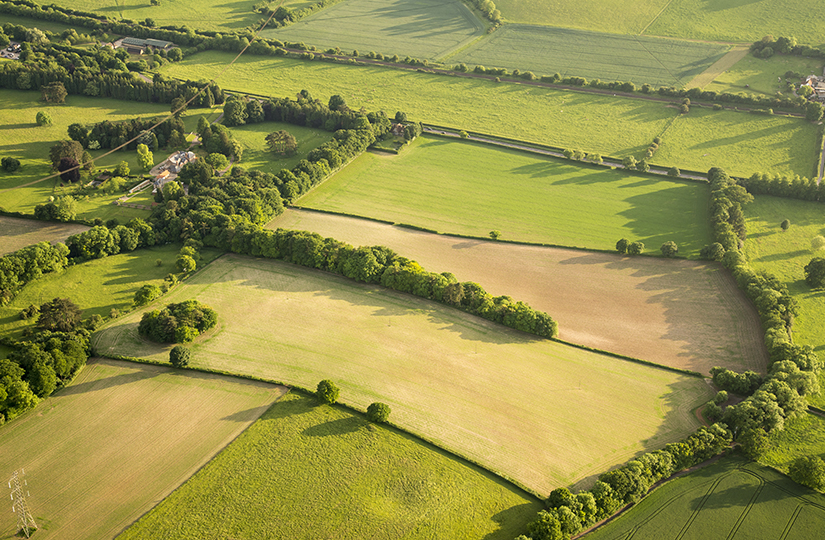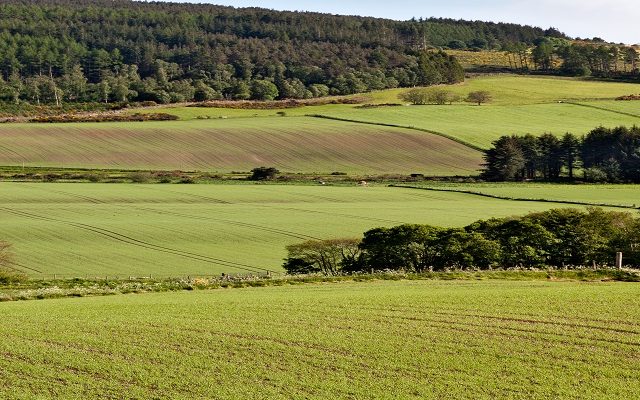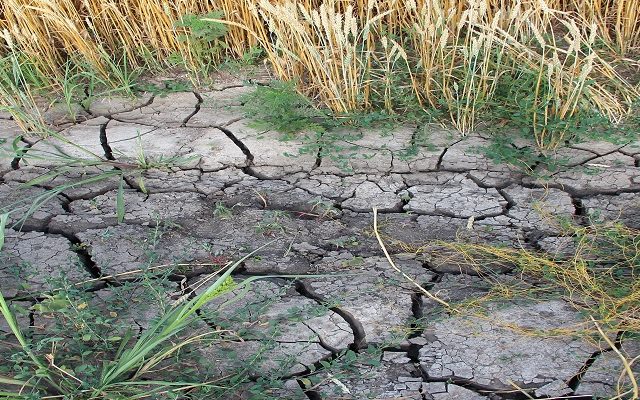Practical pointers on the 2022 Sustainable Farming Incentive
What is the SFI?
The Sustainable Farming Incentive (SFI) is one of the three legs of Defra’s Environment Land Management (ELM) scheme, sitting alongside the Local Nature Recovery Scheme and Landscape Recovery Scheme.
The basic concept of the SFI is that farmers will be paid for carrying out a list of land management activities which contribute towards meeting a certain ‘standard’, designed to improve environmental outcomes.
When will it be available?
A pilot version of the SFI was launched last year which about 1,000 farmers signed up to. A slimmed down version of the pilot offering a smaller choice of options will be rolled-out to everyone in June 2022. There will be no deadline, as applications will be accepted on a rolling basis, meaning farmers can apply when it suits them and their business.
What does the 2022 SFI scheme involve?
The 2022 scheme will be slightly different to the pilot scheme – which is constantly evolving as Defra gets feedback from its participants. The 2022 scheme will be limited to three core standards which are: Arable and Horticultural Soils, Improved Grassland Soils, and Moorland. Livestock farmers will also be able to claim funding to access an annual health and welfare visit from a vet.
Each standard has three levels of commitment that a farmer can sign up to – introductory, intermediate, and in time, advanced – with the payment rates increasing accordingly.
For example, the arable and horticultural soils standard will offer the following payments, for the following list of activities (details of the payments and requirements for the advanced level will not be available until 2023).
Arable and horticultural soils standard
| Introductory Level | Intermediate Level | Advanced Level | |
| Payment rate | £22/ha | £40/ha | TBC |
| Soil Organic Matter (SOM) test | Every 5 years | Every 5 years | TBC |
| Soil assessment | Yes | Yes | TBC |
| Soil management plan | Yes | Yes | TBC |
| % of winter cover required | 70% | 70% | TBC |
| Addition of organic matter | 1/3 of area | 1/3 of area | TBC |
| Multi-species green cover | NA | 20% of area | TBC |
| Min till techniques | NA | NA | TBC |
All levels will require a farmer to test soil organic matter, undertake a soil assessment and produce a soil management plan. They will also need to ensure at least 70% of the land in the standard has a green cover between 1 December and 28 February (which can include autumn sown crops and weedy stubbles). It will be possible to destroy a cover crop before 28 Feb to establish a spring crop, although no more than six weeks prior to establishment. Applicants must also commit to adding organic matter, including sown cover crops, to a third of the land entered into the standard each year.
At the intermediate level, farmers must do all of the above, but will also need to make sure that 20% of total land is under a multi-species green cover, established by 1 Dec. It is apparent the payment rates currently on offer will not cover the seed costs for multi-species green cover, so this will only work for farming businesses who see the value in taking this further step for reasons such as increased soil health and improved soil structure.
The standards for Improved Grassland Soils are as follows:
Improved grassland soils standard
| Introductory Level | Intermediate Level | Advanced Level | |
| Payment rate | £28/ha | £58/ha | TBC |
| Soil Organic Matter (SOM) test | Every 5 years | Every 5 years | TBC |
| Soil assessment | Yes | Yes | TBC |
| Soil management plan | Yes | Yes | TBC |
| % of winter cover required | 95% | 95% | TBC |
| Improving soil health through herbal leys | NA | 15% of area | TBC |
The introductory level will again require the farmer to test soil organic matter, undertake a soil assessment and produce a soil management plan. They must also have 95% green cover to protect soil. To qualify for the intermediate level, farmers must also establish or maintain herbal leys to improve soil health on at least 15% of land entered into the agreement.
Meanwhile the standards for moorlands are set out in the chart below:
Moorland standard
| Introductory Level | Intermediate Level | Advanced Level | |
| Payment rate | £10.30/ha plus £265/agreement | TBC | TBC |
| Verify and record soil types | Yes | TBC | TBC |
| Evaluate public goods potential | Yes | TBC | TBC |
| Evaluate condition of moorland | Yes | TBC | TBC |
| Identify opportunities to maintain or enhance public goods | Yes | TBC | TBC |
There will also be an additional annual payment of £6.15/ha for common land entered into a separate SFI standards agreement.
What are the other key features of the scheme?
SFI agreements will last for three years (rather than five under Countryside Stewardship) and can be amended every 12 months. Payments will be made quarterly to aid cashflow.
There is no minimum or maximum area to be entered into the scheme and land currently under CSS is eligible, so long as the measures implemented do not overlap.
Are many farmers expected to sign up?
Defra has set itself an ambitious target of 70% of farms and farmland being part of the scheme by 2028.
Whether the SFI is appealing will be different for every farm. The payment rates are certainly not exciting, compared to the BPS payment. However, the entry requirements are relatively low and there are likely to be some businesses who are already doing much of what is required anyway, so may as well sign up.
For example, there will be many businesses who are meeting most of the requirements of the introductory arable and horticultural soils SFI standard, given that a soil management plan is required for the Red Tractor scheme. If growers are already soil testing, then the cost of adding in a Soil Organic Matter test on top of that should only be around £8.50/sample.
Meanwhile, arable businesses with an existing spring cropping regime and using cover crops may decide to use the SFI intermediate payments to offset costs they are already incurring.
Other considerations?
For the next couple of years, farmers will also have the option of submitting a CSS application, or indeed both a SFI and CSS application. In its March 2022 announcement Defra has sought to give greater clarity about how these two schemes may be blended or stacked.
It will be possible to include the same land in the SFI and in CSS, so long as the activities or outcomes the farmer is being paid for under each scheme are compatible and the applicant is not being paid for a similar outcome or activity on the same area of land (known as double funding). Defra has published a list of ineligible and eligible CS options if entering certain SFI standards.
Final thoughts?
The sort of questions that farmers may want to consider when thinking about how the SFI might suit their farming business include:
- What is the current rotation?
- Are cover crops and spring cropping suitable for the farm?
- What is the cost of cover cropping?
- What might be the loss of margin from moving to spring cropping?
- What is the cost of establishing grass/legume/herb and wildflower leys?
- What is the loss in production from the grass/legume/herb and wildflower leys compared to more traditional leys?
- What are the options for additional organic matter applications (ensuring compliance with the updated Farming Rules for Water)
If you would like to discuss any aspect of the Sustainable Farming Scheme (SFI) – or any of the other schemes being offered by Defra – then contact a member of the farming team.






